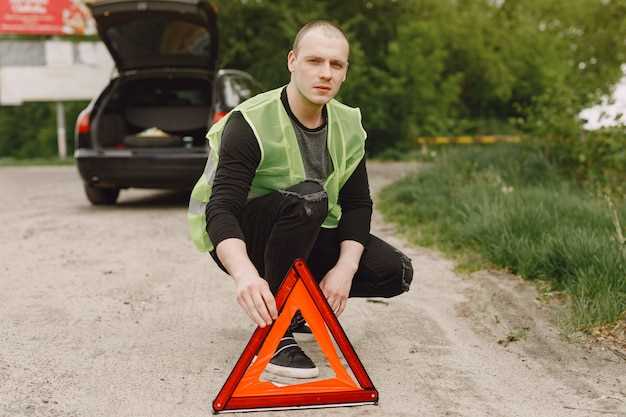
Being involved in a car accident can be a traumatic experience, leaving individuals feeling overwhelmed and unsure of what to do next. It is crucial to act quickly and rationally in the moments following a collision to ensure personal safety as well as the safety of others involved. Understanding the appropriate steps to take can help alleviate stress and ensure proper legal and medical procedures are followed.
First and foremost, the safety of all parties should be the primary concern. If possible, move to a safe location away from oncoming traffic. If anyone is injured, call for emergency services immediately. Even if injuries are not apparent, it’s advisable to seek medical attention, as some conditions may not present symptoms right away. Documenting the scene is also vital; take photos of the vehicles involved, any visible damages, and the surrounding area, as this information can be invaluable later.
Once immediate safety concerns are addressed, it is important to exchange information with the other driver(s) involved. Collect names, phone numbers, insurance details, and license plate numbers. Additionally, gather contact information from any witnesses. This documentation can aid in insurance claims and potential legal matters that may arise. Remember, remaining calm and collected is key to navigating this challenging situation effectively.
Ensure Safety and Call Emergency Services
After a car accident, the first priority is to ensure the safety of all involved parties. Taking the right steps immediately can prevent further injuries and facilitate proper assistance. Follow these guidelines:
-
Check for Injuries:
- Assess yourself and others for injuries.
- If anyone is injured, avoid moving them unless they are in immediate danger.
-
Move to Safety:
- If safe to do so, move vehicles out of traffic to prevent additional accidents.
- Turn on hazard lights to alert other drivers.
-
Call Emergency Services:
- Dial emergency services immediately, providing them with clear information about the accident location and the severity of injuries.
- Stay on the line until the dispatcher instructs you to hang up.
-
Provide First Aid (if trained):
- If you are trained in first aid, administer assistance to anyone in need until professional help arrives.
- Focus on life-threatening conditions like excessive bleeding or unconsciousness.
-
Stay Calm:
- Reassure others involved that help is on the way.
- Keep the situation as calm as possible to avoid panic.
By ensuring the safety of those involved and promptly calling for help, you can significantly mitigate the aftermath of a car accident and aid in effective recovery efforts.
Document the Accident Scene Thoroughly

It is essential to document the accident scene thoroughly to establish a clear record of the incident. Begin by taking multiple photographs of the vehicles involved, capturing all angles, as well as any visible damage. Include images of the surrounding area, street signs, traffic signals, and any other relevant landmarks that could provide context to the situation.
Note the exact location of the accident, including street names and mile markers. If possible, utilize your smartphone’s GPS feature to record the coordinates. This information can be vital for insurance claims and legal proceedings.
Gather information from all parties involved in the accident, including their names, contact details, and insurance information. Make sure to document any eyewitness accounts, as their testimonies can support your version of events.
Take detailed notes about the conditions at the time of the accident, such as weather conditions, visibility, road conditions, and the time of day. Assess and document the position of each vehicle before and after the accident, as well as any contributing factors that led to the collision.
If law enforcement arrives at the scene, obtain the report number and the contact information of the responding officers. This report will contain official details that are often necessary for reporting to insurance companies.
Finally, organize all documentation in a systematic manner, ensuring that it is easily accessible for future reference. This comprehensive documentation will not only assist in managing the aftermath of the accident but also bolster your case if any disputes arise later on.
Contact Your Insurance Provider Promptly

One of the most crucial steps to take immediately after a car accident is to contact your insurance provider. Notify them of the incident as soon as you are safe and able to do so. Most insurance companies have 24/7 claims departments, making it easier to report an accident at any time.
When reaching out to your insurance provider, provide clear and accurate details about the accident. Include the time, date, location, and any other relevant information. Be prepared to share details about other parties involved, such as their insurance information and vehicle descriptions, if available.
Your insurance company will guide you through the next steps, including how to file a claim. They may also assign an adjuster to assess the damage. Prompt notification helps expedite the claims process, ensuring that you receive any benefits you’re entitled to, such as repair costs and medical expenses.
Document all interactions with your insurance provider, including dates, names of representatives, and the information discussed. This record can be invaluable if disputes arise later. Failing to contact your insurer promptly may jeopardize your claim, so prioritize this step to facilitate a smoother recovery process.

